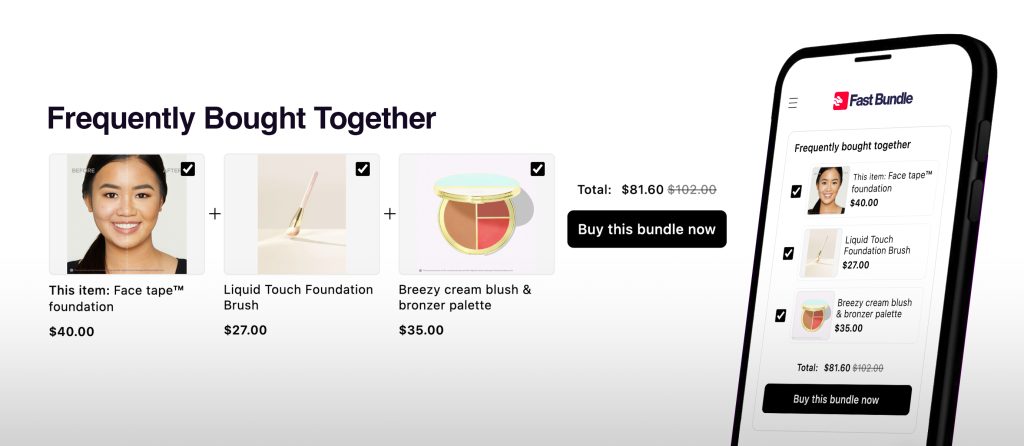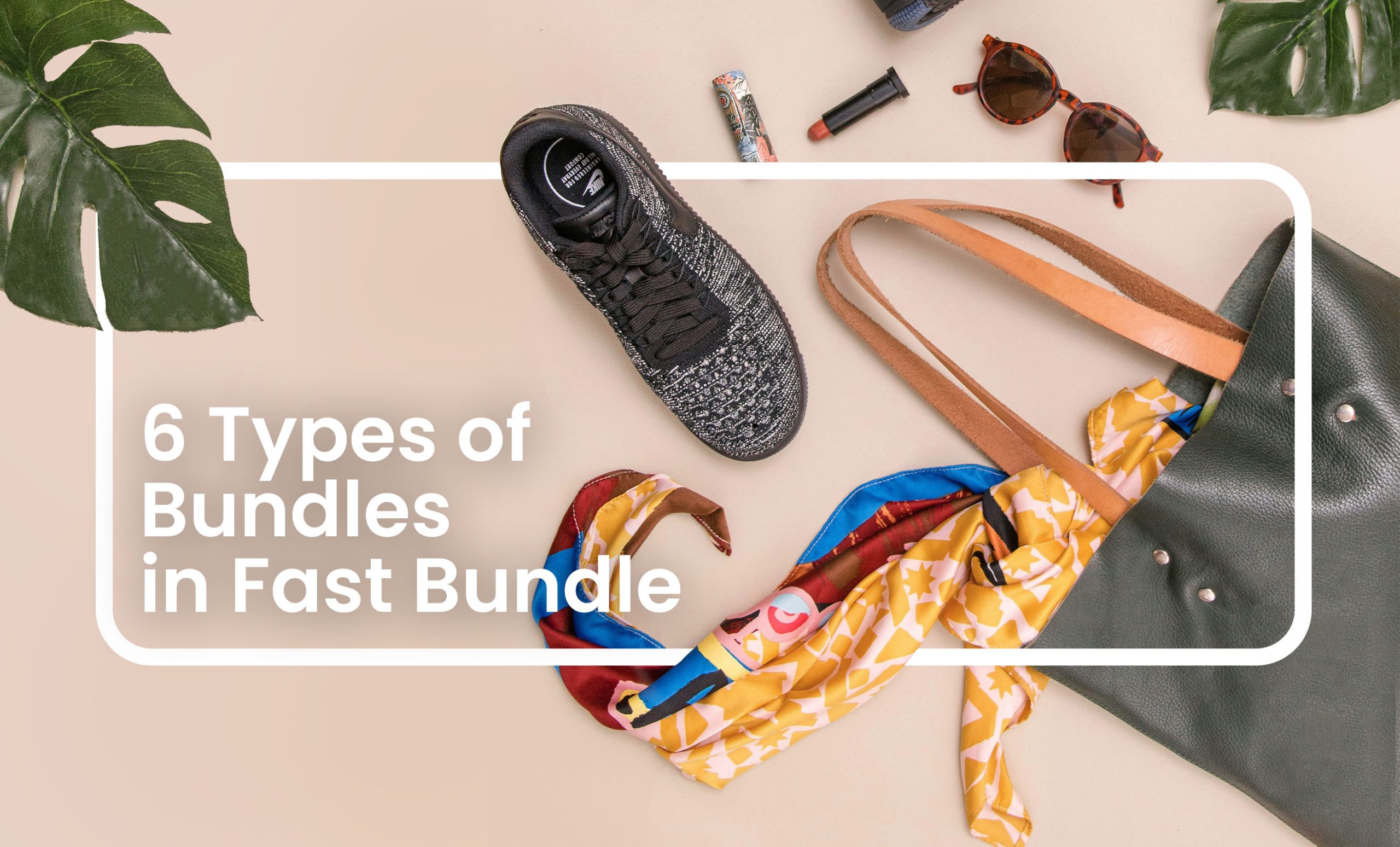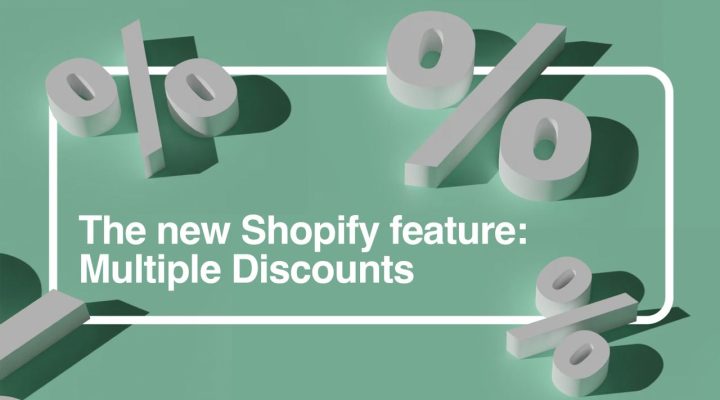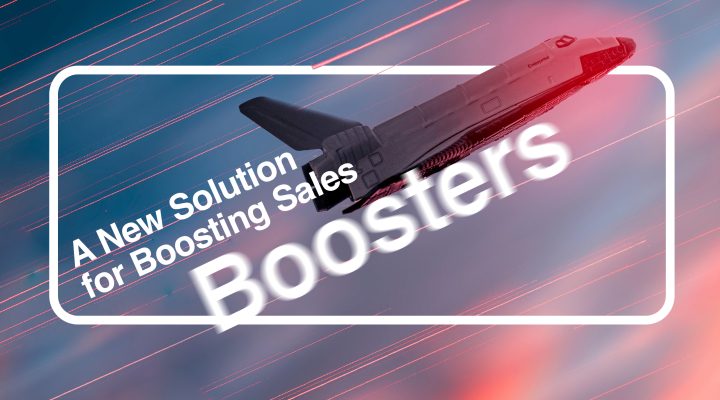Imagine you are a customer roaming through websites and marketplaces to decide what to buy. Product bundles may initially seem exciting, but every bundle is about “gaining” a profit, so the bundle should be made in a way that profits both the seller and the buyer. Remember that as a seller, you should focus on the buyer’s gain; whenever there is a gain, there sure is a loss. But how should you design bundles to minimize or eliminate the loss? How could a customer make the best decision using your bundle-making help?
From the sellers’ perspective, bundling is more than just combining random products; it’s a nuanced strategy that requires a thoughtful approach. What should you do to secure sales? What types of bundling engage and attract buyers and keep them coming back for more? How should a bundle be priced?
Different types of bundles require different sales methods, and knowing them means you can upgrade your ecommerce business step by step, paving your way to higher profits. This article will discuss these approaches and how to make valuable bundles, minimize losses, and attract buyers at the same time.
What is Bundling and how does it help a business?
Product bundling means collecting two or more products together and offering them to the customer with a special offer (that doesn’t necessarily happen if they buy them individually). You have probably seen different types of bundles in the form of small, colorful widgets around the website and in your shopping cart. Simply said, a bundle is a collection of products received by the customer as a package.
Many types of bundling include discounts, meaning that if the customer buys two products together, they will pay less than the actual cost of both of them combined. One of the oldest, most famous product bundling examples is McDonald’s combo meals: a burger, fries, and a coke for a cheap price. What’s so good about this meal?
- It’s complete; it brings the main course, the side dish, and a sweet treat together.
- Its relatively cheap. You dont need to pay the price of a fancy dish to buy a Mcdonalds meal.
- Its customizable. You are the one that selects what will be in the combo. Need Mcflurries for desert? Select the bundle that includes this item! Need your meal to feed more people? Add chicken nuggets!
Like McDonald’s meals, all types of bundling are made to meet a specific need. Sometimes, this need is to clear inventory (inventory clearance bundling), sometimes it is to sell more (Volume Discount and simple bundling), and sometimes, it is to give the customer more options and give them a sense of care (frequently bought together and gift bundles).
Best bundle app
Types of Bundling in Fast Bundle
Fast Bundle is a Shopify bundling app that makes innovative bundles and increases sales. But as we said, a bundle does not mean simply putting two products in a box. It’s a bit more complicated, but we’re here to make it straightforward. We give our users the option to tailor the bundles to their specific needs and make what matters most to their customers.
Here are six types of bundling that Fast Bundle facilitates:
1. Simple bundle
The first and most used type of bundle is the Standard Bundle, also known as the “Simple Product Bundle,” the “Classic Bundle,” or sometimes “Pure Bundling.” If you want to create a bundle with fixed products and fixed quantities, this is the one that will do the trick. The aim is to convince customers to opt for the bundle in return for a discount. In other words, the “added value” here is the discount.

For example, if you have a skincare shop, you can sell a $11 facewash and a $30 night cream as a bundle for $33. You might have seen these types of bundles as “gift bundles” at Christmas time, on Valentine’s Day, or in subscription boxes.
Subscription boxes are packages of related products sent to the subscriber at specific time periods, like every month or every season.
2. Volume discount
You might have heard of this type of “quantity breaks.” One of the oldest types of bundling, Volume discount refers to the discount customers get when they buy more than one number of a single product (aka buys the product in volume). For example, If a pair of jeans costs $20 individually, but when customers buy a couple of Xs, they will get 10% off and the second pair will be $18.

In Fast Bundle, you can get bulk action on volume discount offers. This means You can create volume discount offers for all your products or a unique collection with only a few clicks.
3. Collection mix & match
One of the more exciting types of bundling, this one allows customers to create their bundles from the items available in one or more collections. If you want to give your clients the joy of building a package, use this type of bundle. It’s like a game that you let your buyers play, and in return, they enjoy their experience in your store.

Instead of adding a bundle to the cart, the collection mix-and-match widget directs customers to a page called “the Bundle Builder.” There, they can add their desired products to their cart and benefit from a discount right there.
Imagine you sell clothes on your Shopify storefront. You create a mix and match that includes the Tops and Leggings collections. You also specify that customers must buy two tops and one legging to get a percentage discount. In this case, customers must purchase exactly two tops and one legging to get the discount, no more or less. Also, they cannot buy 1 top and two leggings (swap the numbers). In other words, they are free to roam “in the collection” and not outside of it. But there is one other type that gives them more freedom, the “product mix & match.”
4. Product mix & match
This Product Mix and Match (or mixed bundling) is one of our other popular types of product bundling because it’s very flexible and supports many conditions and scenarios. It is almost similar to the Standard Bundle in appearance, but the main conceptual difference is that customers can select or deselect some of the items in the bundle. The bottom line is that they must add a minimum number of items to get the discount.
 A remarkable feature of this product bundling strategy is that you can specify a “required product(s)” for the bundle. It means you can set some products as essential products that cannot be selected from the bundle. Mix-and-match discounts can be a great initiative for new customers getting acquainted with your business.
A remarkable feature of this product bundling strategy is that you can specify a “required product(s)” for the bundle. It means you can set some products as essential products that cannot be selected from the bundle. Mix-and-match discounts can be a great initiative for new customers getting acquainted with your business.
5. Buy X get Y
Add excitement to your customer’s shopping experience by providing gifts or discounted products when customers purchase specific items.
 Buy x get y is one of the oldest types of bundling and encourages higher spending and repeat purchases by gradually creating loyal customers for your business. Buy X get Y, which can be counted as BOGO offers. The BOGO offers (Buy One, Get One) are among the most famous offers in this category. You might have seen it more in the clothing industry, and it means that when you buy one item, you will get the second one for free.
Buy x get y is one of the oldest types of bundling and encourages higher spending and repeat purchases by gradually creating loyal customers for your business. Buy X get Y, which can be counted as BOGO offers. The BOGO offers (Buy One, Get One) are among the most famous offers in this category. You might have seen it more in the clothing industry, and it means that when you buy one item, you will get the second one for free.
6. Frequently bought together
The last of the six types of bundling at Fast Bundle is the “Frequently Bought Together” model. This is your run-of-the-mill, world-famous, Amazon-like feature. It adds a horizontal section below the product page that promotes the literally “frequently bought together” products of the main product of that product page based on popular demand and sale statistics. This one is familiar and known to almost everyone among different types of bundles.
 Please note that Fast Bundle is one of the manual bundle types, but the ultimate version will be able to change the items automatically. So, the current version is pretty much like the Product Mix and Match bundle. Still, because it’s almost the same as the Amazon version, the presentation on your shop or storefront will be a very familiar presence of a bundle that has proven its performance in upselling and cross-selling through the years.
Please note that Fast Bundle is one of the manual bundle types, but the ultimate version will be able to change the items automatically. So, the current version is pretty much like the Product Mix and Match bundle. Still, because it’s almost the same as the Amazon version, the presentation on your shop or storefront will be a very familiar presence of a bundle that has proven its performance in upselling and cross-selling through the years.
Tip: the “frequently bought together” bundles can have many different names. Things like “complete the Kit,” “users have bought,” “buy the look,” etc. They all have the same functionality but differ in wording due to the differences in the stores.
Further Reading: Frequently Bought Together: Making Sales Hand in Hand

How to price the bundle?
In Fast Bundle, product bundle pricing is totally up to you (the seller). As the owner of the product bundles shopify business, you are in charge of the inventory and price setting, and you are also the one who knows about the marketing efforts, campaigns, and products. But remember that all types of bundling should offer the customer an added value, and one of the most important added values is a discount.
People love discounts on their favorite products, so when a product is included in a bundle with a discount or sales offer, the bundle instantly becomes interesting. Figure out the exact gross margin of each bundle item, learn how much of a discount you can offer on them, and then decide about the final price. Not all different types of bundles include discounts, but they definitely have an offer that is special and makes the customer happy.
Considerations for Effective Product Bundling
As enticing as product bundling may be, its success hinges on thoughtful planning and strategic execution. To ensure that a product bundle strategy hits the mark, here are key considerations that you should take into account.
Understanding customer preferences
- Market research: Conduct thorough market research to understand your target audience’s preferences and buying behaviors. What are their needs, and how can your bundles address them?
- Segmentation: Recognize that different customer segments may have varying preferences. Tailor your bundles to cater to the unique needs and tastes of each segment.
Pricing strategies
- Competitive analysis: Research competitors to gauge their bundling strategies and review their pricing examples. Ensure that your pricing is competitive while still offering value to customers.
- Perceived value: Strive to maintain a balance between offering attractive discounts and preserving the perceived value of the bundled items. Here’s a golden rule to live: The perceived value should always exceed the total cost.
Meaningful, purposeful bundle relationship
- Complementary pairing: Ensure that the items bundled together make sense for the customer. Complementary items increase the overall utility of the bundle, enhancing customer satisfaction. Unrelated items make you come off as an amateur or, even worse, a fraud that pushing items into the client’s cart.
- Cross-Selling opportunities: Identify opportunities for cross-selling within your product range. Bundling products that naturally go together opens up possibilities for additional sales. Always consider different types of bundling for separate scenarios to capitalize on your cross-selling options between your inventories.
Fast Bundle saves time and energy, facilitating sales for you
As a newcomer to the platform or, even to ecommerce, or even a shop owner who has been using Shopify for years, Fast Bundle comes in handy. Use all these types of product bundling to save time on manually making bundles, and use that time to learn about new trends, gather marketing ideas, and make your business more profitable. Whether it’s gift bundles to sell more around holidays or an inventory clearance bundling to manage your inventory, Fast Bundle can help you do it more efficiently. Do all different types of bundles fast and make more profit as you go forward in the business.










